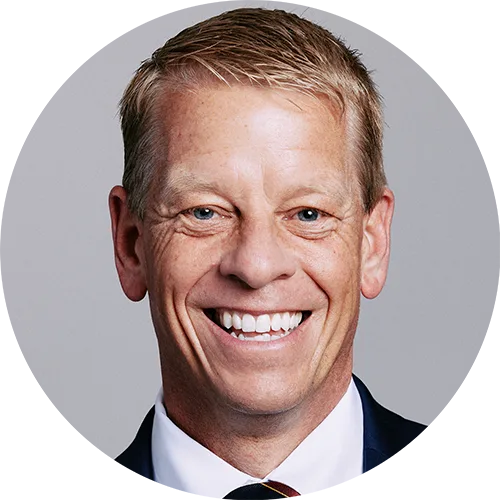History of the Spanish Bible: Latin America

Though European colonies appeared throughout the New World in the 16th century, the Reformation did not take hold in Latin America for centuries. On this episode of 5 Minutes in Church History, Pastor Sugel Michelén joins Dr. Stephen Nichols again to consider how the Spanish Bible finally crossed the Atlantic.
Dr. Stephen Nichols (SN):
Once again, I am joined by Pastor Sugel Michelén, from Santo Domingo, in the Dominican Republic. Pastor Michelén, you pastor a church that began in your home forty years ago. Could you tell us the name of your church?
Pastor Sugel Michelén (SM):
Iglesia Bíblica del Señor Jesucristo.
SN:
What a testament to have that church there, in a crucial city in Central America. You have also authored a number of books, and one of them is From and Before God, a book on expository preaching.
Let’s get back into our story. Previously, we met two important people in the history of the Spanish Bible, Casiodoro de Reina and Cipriano de Valera. Tell us about them and their work in bringing the Bible to the Spanish-speaking people.
SM:
This is a fascinating story. Casiodoro de Reina was likely born in Seville or in the surrounding area, in 1520. He joined the San Isidoro Monastery as a boy of some ten years. He began to study the Scriptures before fleeing the monastery in 1557. Due to some unforeseen circumstances, Casiodoro decided to travel to Frankfurt in 1558, but not without first beginning his translation of the Old Testament into Spanish. After many different setbacks and some twelve years of arduous work, he finished his translation of the Old Testament.
His friend Juan Pérez had passed away, but had left sufficient funds for the publication of his New Testament, together with Casiodoro’s translation of the Old Testament. The idea was to combine both works into one complete work. However, Casiodoro could not use Pérez’s New Testament, because the copies that were being printed in Paris were confiscated and destroyed. So this forced him to produce his own translation of the New Testament, which he completed in 1569.
In 1602 Cipriano de Valera did a careful revision of Casiodoro de Reina’s version, which was printed in Amsterdam. As such, this version of the Bible is known as the Reina-Valera, which to this day continues to be one of the most used versions with Spanish-speaking believers.
SN:
As we talk about Reina and Valera, we’re talking about the Spanish Bible primarily in Spanish-speaking Europe. Let’s talk about how the Bible came to where you are, Central America, and to South America.
SM:
With the arrival of Christopher Columbus in 1492, Roman Catholicism established itself as the official religion of the conquered lands, thus sequestering the region in such a way that the Protestant Reformation, which would emerge twenty-five years later, turned its back on this part of the New World for the next three hundred years.
Nevertheless, despite the Catholic Church opposition, in the middle of the nineteenth century the first missionaries began to arrive, moved to serve primarily by the revivals that had occurred in Europe and the United States. This evangelistic war began to advance during the first half of the twentieth century, then gained surprising strength beginning in the 1960s. This missionary and evangelistic movement brought, as a consequence, the proliferation of the Scriptures in our region, both the Reina-Valera version as well as other versions which have appeared over time.
SN:
Pastor Michelén, thank you for joining us. We are grateful that you’ve introduced us to Reina and Valera. You’ve helped us see the Reformation’s impact on the Spanish-speaking world, and we’re grateful.
Recent Episodes
Church History Resolutions for the New Year
December 31, 2025|General Church History
Christmas in New England
December 24, 2025|The Person of Christ
A Little Church History of a Middle Colony: The First Great Awakening
December 17, 2025|American Church History
A Little Church History of a Middle Colony: Early Influences
December 10, 2025|American Church History
Gunpowder and a Proclamation
December 3, 2025|Geographical Perspectives
Thanksgiving in Church History
November 26, 2025|American Church History
